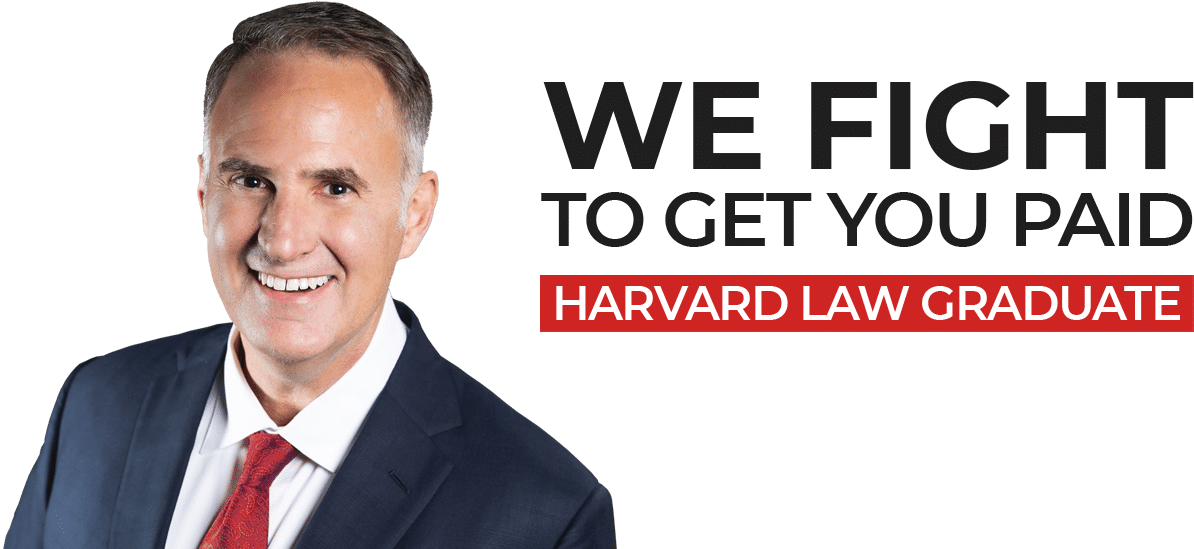Why does the start of the school year raise crash risks?
Back-to-school season transforms the roads overnight. Buses reappear. Car lines grow. Children walk and bike again. These rapid shifts create new patterns and new hazards. Drivers, students, and schools must adjust at the same time.
Key risk drivers include:
- Increased morning and afternoon congestion near campuses.
- More stops and starts around crosswalks and bus stops.
- Distracted driving during hectic drop-off routines.
- Children’s unpredictable movements near curb lines and lots.
- Limited sight lines due to taller vehicles and buses.
The result is a higher chance of close calls and collisions. Extra caution here prevents harm. Communities that plan for this surge reduce injuries and delays.
What makes school zones uniquely hazardous?
School zones compress traffic into tight spaces. Speeds vary. People cross mid-block. Parents turn and park in a rush. Small mistakes have large consequences.
Watch for:
- Sudden braking at crosswalks and driveways.
- Children entering between parked cars.
- Confusing signage or faded pavement markings.
- Staff directing traffic with hand signals.
- Bikes merging from sidewalks into the lane.
Slow, steady, and predictable driving helps everyone arrive safely. Clear markings and visible adults help children make safer choices.
Which driver habits reduce crashes around schools?
Simple habits save lives. Use them every time.
- Put phones away before shifting into drive.
- Enter school zones under the posted limit.
- Cover the brake when approaching crossings.
- Never pass a vehicle stopped at a crosswalk.
- Make eye contact with pedestrians when you can.
- Leave extra following distance behind buses and vans.
- Plan more time so you never feel pressure to rush.
- Expect last-second turns and stop-and-go traffic.
- Check mirrors for bikes before opening your door.
- Treat every parked bus as a hazard zone.
Patience is not optional here. It is protection.
How should you share the road with school buses?
Buses carry our most vulnerable passengers. Give them space and respect.
- Stop for red flashing lights and the extended stop arm.
- Remain stopped until the lights stop and the arm retracts.
- Watch for children crossing from both sides of the street.
- Leave a wide cushion when buses merge back into traffic.
- Avoid cutting across a bus’s path to reach a driveway.
- Anticipate long stopping distances and broad blind spots.
- Never pass a bus loading or unloading children.
These rules are simple. Following them prevents devastating harm.
What can parents teach children before the first bell?
Repetition builds safe habits. Practice the route and rehearse choices.
- Walking basics: Use sidewalks when available. Stop at the curb. Look left, right, then left again. Cross only at marked places.
- Crossing signals: Start on the “walk” only. Keep scanning while crossing. Never run back for dropped items.
- Head-up rule: Remove earbuds near traffic. Hold devices until you reach the destination.
- Bike safety: Wear a helmet every ride. Use hand signals. Ride with traffic, not against it. Use lights at dawn and dusk.
- Bus safety: Wait until the bus stops fully. Use the handrail. Cross in front where the driver sees you.
- Car lines: Exit curbside only. Never walk between cars. Follow the adult directing traffic.
Parents and schools should share consistent messages. Children learn best when guidance is simple and repeated.
How can schools and communities reduce risk effectively?
Design and staffing choices shape safety. Small tweaks make big gains.
- Refresh crosswalk paint and stop bars before day one.
- Place cones and signs to guide early-year traffic.
- Assign staff or crossing guards at conflict points.
- Trim vegetation that blocks corners and signage.
- Stagger bell times where congestion is severe.
- Design one-way loops for drop-off and pick-up.
- Add speed feedback boards at school-zone entries.
- Coordinate with public works on signal timing.
- Publish a simple map for families each term.
Partnerships matter. Clear plans reduce confusion and crashes.
Which back-to-school crash scenarios are most common?
Patterns repeat each fall. Plan for them.
- Rear-end collisions at campus entrances. Maintain longer gaps and brake early.
- Left-turn conflicts across crosswalks. Yield completely and scan the full crosswalk.
- Passing a stopped bus. Never do it. Children may run from the far side.
- Children darting from between cars. Slow down and watch edges of parked rows.
- Backing collisions in crowded lots. Circle forward if you cannot see clearly.
- Driveway exit conflicts with bikes. Stop at the sidewalk first, then the curb.
Every scenario rewards patience. Predictable driving lowers risk for all.
What should families do after a school-zone crash?
Health and evidence come first. Take measured steps.
- Call 911 for any injury or suspected injury.
- Seek medical care the same day when possible.
- Photograph vehicles, road markings, and sight lines.
- Note bus numbers, stop locations, and crossing points.
- Collect names for witnesses and staff on duty.
- Save dashcam or phone video and share copies securely.
- Avoid detailed insurer statements before you understand your rights.
- Track missed school, activities, and work time.
- Keep medical discharge papers and after-visit summaries.
These early actions support recovery and any future claim.
How can a personal injury attorney help after a child is hurt?
Serious cases require fast, careful work. An experienced legal team can:
- Secure video from bus cams, nearby businesses, and traffic systems.
- Preserve scene evidence before patterns change.
- Map traffic flow and staffing for arrival and dismissal windows.
- Identify every liable party and insurance layer.
- Calculate medical needs and long-term care costs.
- Negotiate with insurers while you focus on healing.
- File suit and take depositions when required.
At Dennis Hernandez Injury Attorneys, we prepare each case for trial. That pressure helps insurers take your claim seriously. Our firm has recovered millions and millions for injured clients. We fight to get you paid!
When do commercial vehicle and truck rules matter near schools?
Large vans, delivery trucks, and contractors increase risk near campuses. Their braking distances are longer. Their blind spots are larger. Commercial carriers must follow safety rules. Violations can support liability. A serious truck accident attorney understands those regulations and how to enforce them.
Can families bring a wrongful death claim?
Tragically, some incidents are fatal. Eligible family members may pursue a wrongful death claim. These claims are complex and time-sensitive.
Potential damages can include:
- Funeral and burial expenses.
- Loss of support and services.
- Loss of companionship and guidance.
- Medical costs related to the final injury.
A knowledgeable attorney can handle deadlines and evidence preservation. Your family deserves space to grieve. Your legal team protects your rights.
Why choose Dennis Hernandez Injury Attorneys?
You need counsel that acts fast and fights hard. Our approach is focused and thorough.
- We move quickly to lock down video and witness accounts.
- We analyze traffic control plans and campus operations.
- We bring in experts when a case demands it.
- We negotiate from a position of strength.
- We prepare for trial, not just settlement.
Clients choose us for our drive and results. We have recovered millions and millions for people across Florida. We fight to get you paid!
Need help now? Free case evaluation.
If you or your child was injured in back-to-school traffic, call 855-529-3366 today. Speak with Dennis Hernandez Injury Attorneys for a free case evaluation. You will learn your options. You will know your next steps. Our team is ready to help. We fight to get you paid!






